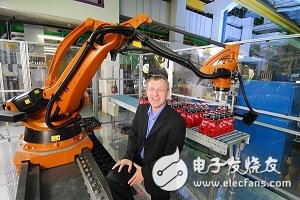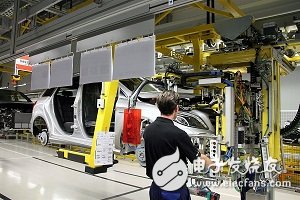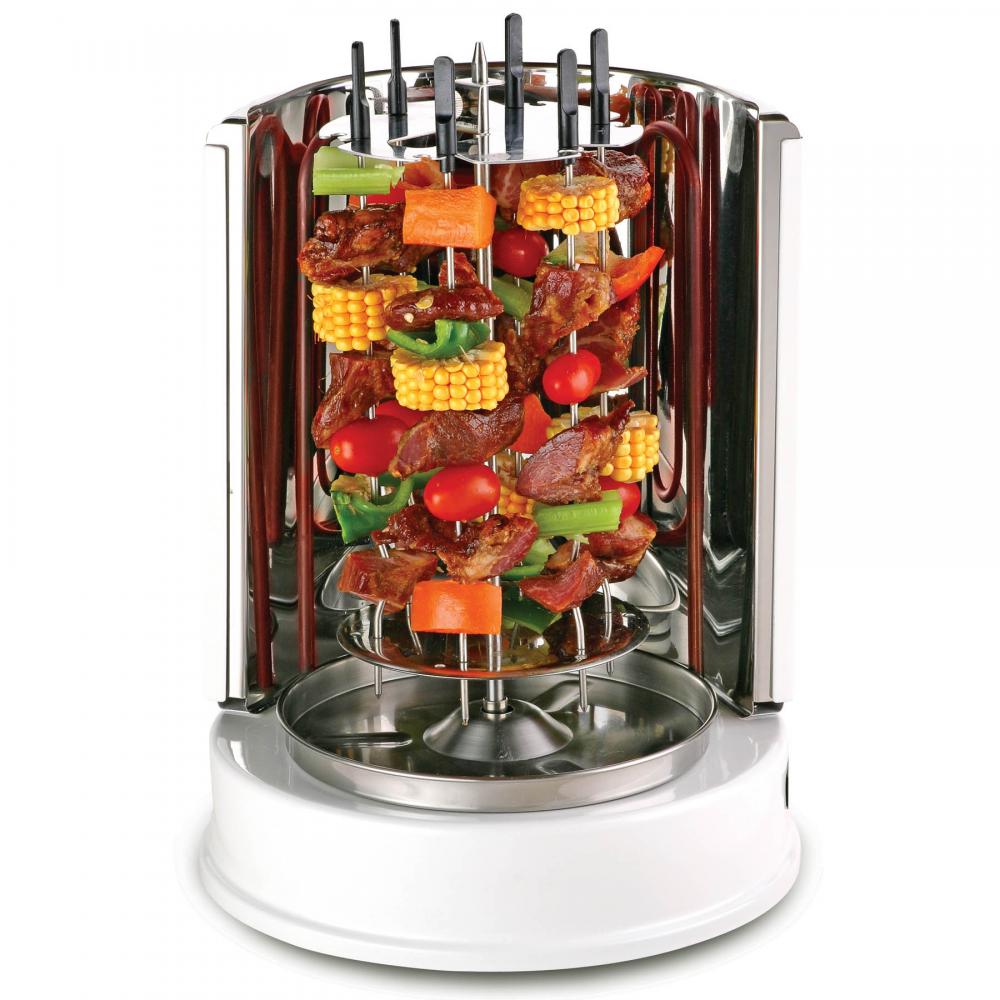Semiconductor technology has brought automation and intelligence to the industrial production line, which has greatly improved the speed and efficiency of industrial production. Although it has been criticized for taking away a lot of workers ’jobs, the vision of moving towards more advanced automated production lines and even higher levels of unmanned factories is still the goal pursued by all factory owners.
Semi-automatic vs intelligent
NI Embedded System Project Manager Vineet Aggarwal pointed out that machines are different from human beings. If you want the machine to run smoothly, you must give a bunch of instructions. The meaning of automation is to let the machine know where and what actions should be taken without errors. After adding more instructions, you can handle more things, and you can expect what will happen earlier.
It's just that machines are different from people after all. When people are tired, they will know that they need to rest, but if the machine doesn't give instructions for rest, they will continue to do it. Therefore, it is a matter of course that the command is understood by humans, but it is completely different for machines. From automation to intelligence, in fact, it is constantly giving more instructions, so that the machine can make more accurate pre-judgment more efficiently, so that it can improve production efficiency, speed up testing, or increase machine life and reduce personnel. casualties. Different instructions give machines different degrees of evolution, but the ultimate goal is to make machines behave closer to humans.
Of course, to make the machine highly automated or even intelligent, the instructions required will be very large. If the amount of data is large, the information processing belongs to different platforms, which will not only cause a big problem for the overall consistency, but may even exceed the load of the core platform itself.
National Marketing Manager Guo Huangzhi said that the platform NI designed for industrial automation was originally designed to allow the entire system to perform signal discrimination and motion control through the same processing core. Just as people handle all things through the same mind, this minimizes the chance of errors.
Figure 1: Robots continue to develop towards high automation and intelligence. The ultimate goal is to make the machine's behavior closer to humans

Three directions of industrial automation
Of course, automation is a weapon of factory production. On the way to industrial automation, there are three important development directions. Including performance improvement, cost reduction, and functional safety. In terms of performance improvement, regardless of whether it is a smart grid or intelligent production tools, high performance is emphasized, including energy saving and carbon reduction, more efficient, etc., to achieve the purpose of energy saving and carbon reduction. In reducing costs, the key lies in the use of a single chip and multi-axis control.
Especially for multi-axis control, most of the robot arms used in factories used to have only four to five joints. In the future, in response to factory automation, in order to be more efficient and reduce costs, it is necessary to design a robot arm with a more complicated structure, which can work simultaneously on multiple axes at the same time, rather than working on different axes in the past.
As for the emphasis on functional safety, it is in fact a guarantee of life safety in a broad sense, which is already the trend of the world. That is how to protect the machine from damage and personnel from casualties. If the automatic production line needs frequent maintenance, stopping a production line will cause great losses. In addition, if the machine often has problems, not only the equipment itself is susceptible to damage, but also easy to cause personal injury.
At present, many manufacturers are mainly promoting products that can meet these needs. For example, FPGA manufacturers Altera and Xilinx continue to introduce FPGA reference designs related to industrial automation. Measurement giant NI also focuses on industrial automation development with its own LabVIEW graphical development software as the core Platform, the industrial automation market is booming.
Multi-axis is the key to industrial upgrading
In the robot industry, the common types of robots include Delta Robot and industrial robot arms. If the focus is on the industrial automation market, the robot arm is now the focus of attention. Because to what extent factory automation can progress, it depends on the technical level of the robot arm.
Jiang Yungui, market development manager of Altera's Asia-Pacific industrial business department, said that in order to improve the automation of industrial production lines, the current trend of robot arms toward multi-axis development is the most important trend. Multi-axis, as the name implies is that on the same mechanical arm, there are multiple different motors acting simultaneously or time-sharing. The purpose is to allow the same product to complete all the work of the production process on the same production line without having to divide Multi-channel production lines can save huge manpower and time costs.
Figure 2: Automobile manufacturing is highly automated, and many tasks in the production process are completed on the same production line, and only one management engineer is needed.

However, in order to achieve the purpose of multi-axis, the number of motor shafts on the robot arm must be very large. These different motors may be linked at the same time, or may be time-sharing, but the key is to cooperate with each other. That is, when one axis rotates to a certain angle, the other several axes must reach relative positions. Among them, complex calculations involving multi-axis rotation time differences will be involved. This is precisely the FPGA with parallel processing capabilities. It has more advantages in the field of industrial automation than CPUs or MCUs that can only perform serial processing.
Jiang Yungui said, for example, looking at the production lines of semiconductor packaging plants, the operation of the robotic arm is very complicated when performing chip packaging operations, which can require up to 60-axis operations. That is, in the same production line, if you want to build a package, you must perform more than 60 actions at the same time, which will involve very complex mechanical actions. While machining, when one axis turns to a certain angle, the other axes must be matched to reach a specific position. This relative movement is the most complicated part in the design of the robotic arm. Another example is the propeller blades of helicopters, which must be connected with five axes simultaneously when cutting. In addition to the mechanical arm turning by itself, the cutting blade must also rotate at the same time, which is a very complex multi-axis simultaneous processing.
As far as industrial automation is concerned, the more shafts are used, the higher the level of production line processing can be. Through complex multi-axis machining, products can be made more variable. This is also the trend of industrial automation.
1. An open structure of heating elements with half round stainless steel
reflectors for an optimal use of energy.
2. The Gyros will change direction automatice, if there is a force.
3. Removable and detachable parts for easy clean.
4. The particular broiling result is obtained by alternating heating and
cooling down. The meat fibres do not harden, and the gravy is flavoured
by the spices. This cooking mode results in very healthy meat.
5. The Vertical Grill allows broiling meat layers, shashlik, party sausages,
poultry and fish with few attachments.
6. The Skewers and Gyros go in opposite direction so that the food could
be heated more well.
7. Power: 1400W

Smokeless Electric Grill,Electric Multi Grill,Non-Stick Electric Grill,Electric Bbq Grill
Housoen Electric Manufacture Co., Ltd. , https://www.housoenappliances.com